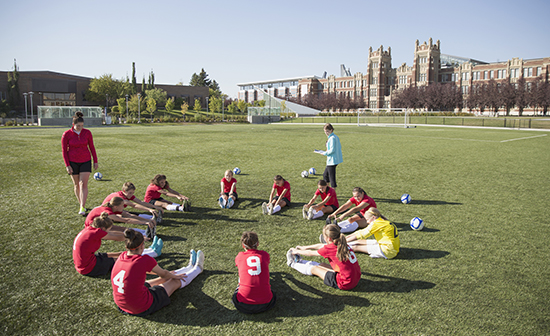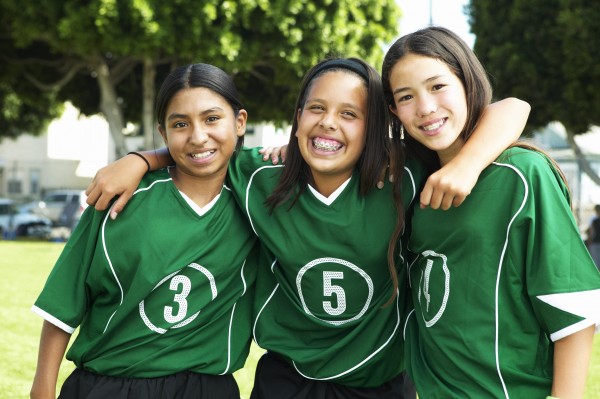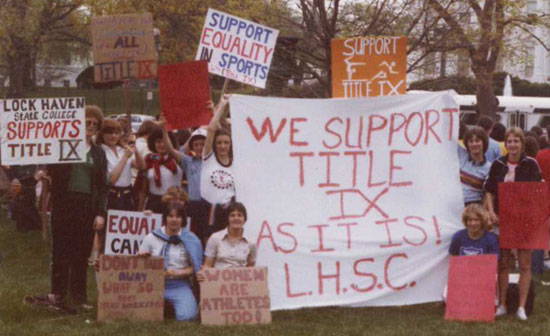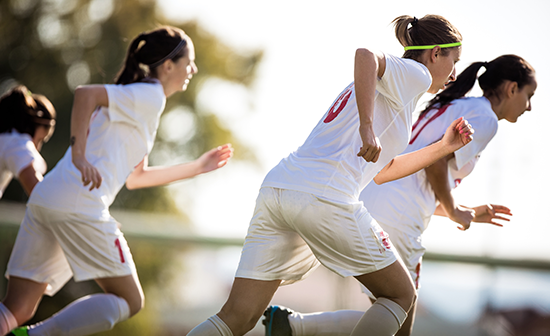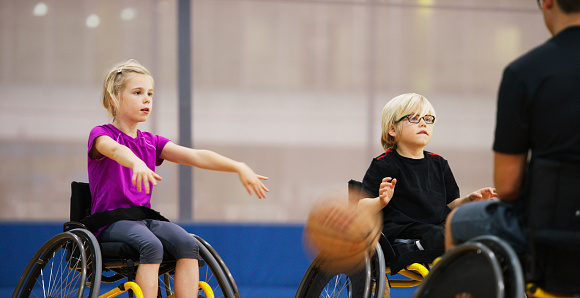This first-of-its-kind report on gender and high school sports participation, “Progress Without Equity: The Provision of High School Athletic Opportunity in the United States, by Gender 1993-94 through 2005-06,” flows from an analysis of high schools that is unprecedented in its national and historical scope. It uses merged data from the Civil Rights Data Collection and the Common Core of Data, which is collected by the National Center for Education Statistics.
The report examines gender differences in athletic opportunity in a nationally representative sample of 24,370 public four-year high schools across 1993-94, 1999-2000 and 2005-06. Three measures of the extent of athletic opportunity are documented including the number of athletic participation opportunities, the number of teams, and the number of sports. This report was authored by Don Sabo, Ph.D., Professor of Health Policy, D’Youville College, and Phil Veliz, M.S., University at Buffalo, the State University of New York.
The key findings in “Progress Without Equity” include:
- While high schools gradually increased their allocations of athletic participation opportunities between 1993-94 and 2005-06, progress toward closing the gender gap slowed after 2000.
- Boys received a larger proportion of athletic participation opportunities than girls did for each school year in all communities (i.e., urban, suburban, town, and rural). The lowest percentages of athletic participation opportunities occurred in urban schools, whereas the highest percentages were issued in rural schools.
- Schools with greater economic resources provided more athletic participation opportunities for their students—both girls and boys—than their less fiscally sound counterparts.
- Girls were provided proportionately fewer athletic participation opportunities than boys during each school year and in all geographic regions (i.e., Northeast, Midwest, South and West.
This report provides educators and policymakers at the national and state levels with new and more accurate information. The data presented here reflect the provision of athletic opportunities to U.S. girls and boys during an historical period in which the influence of Titles IX was growing. The results show that while some progress was made toward expanding the opportunity sector of interscholastic sports to include more girls between 1993-94 and 2005/06, gender equity was not achieved.
Progress Without Equity: The Provision of High School Athletic Opportunity in the United States, by Gender 1993-94 through 2005-06

